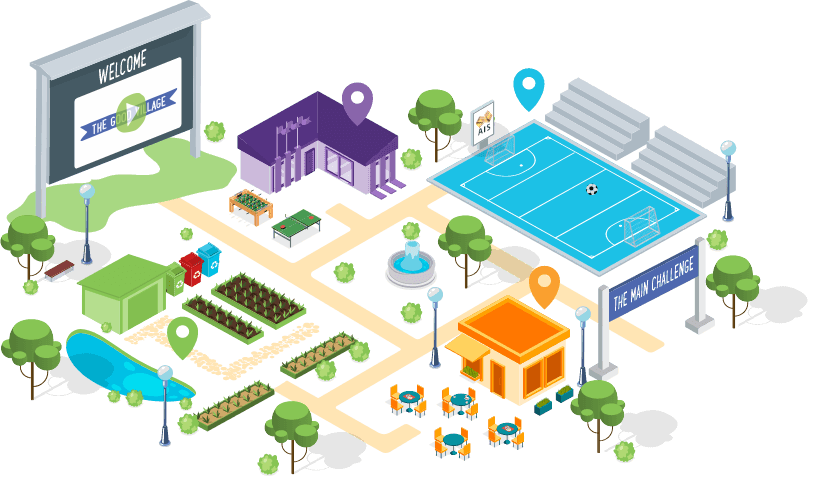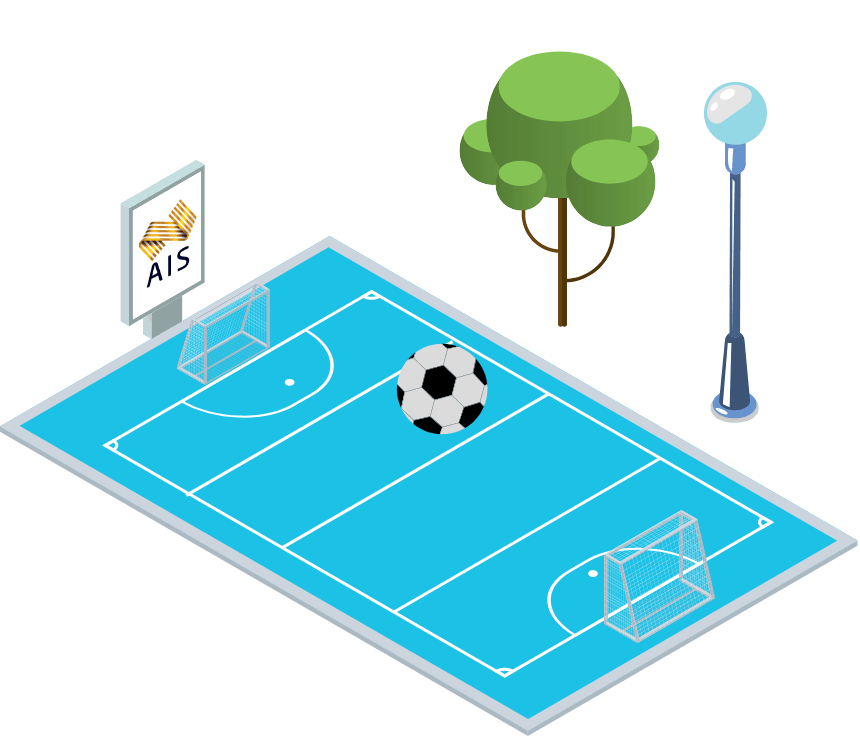The Good Village
AIS Sports Oval – A Physical Education Hub
Teaching kids the importance of staying active is something that will enrich their lives beyond their schooling years.
Physical education in schools is an essential part of the Australian curriculum, and is facilitated for children in years K-12.
Explore the links below for fun physical education games and other online phys ed resources.
Why is physical education a core component of the Australian curriculum?
Phys-ed has been a part of the schooling system since as far back as the 1800’s. Back then, physical education looked a lot different to what it does today, with physical activities based on military-inspired exercise drills introduced by the British Empire.
Over time, Health and Physical Education moved away from its military influence and focussed on more child-centred learning and wellbeing.
Today, Health and Physical Education (known as PDHPE) is a core component of the Australian curriculum as it ensures young people prioritise physical activity and a healthy lifestyle throughout their lives.
What are the benefits of physical education in schools?
Physical Education, also known as PDHPE or Phys-ed, is a core component of Australia’s curriculum because it ensures kids grow up to be healthy, happy and active adults.
Health and Physical Education have a plethora of benefits for young people from K-12, some of the core benefits include:
- Modelling regular physical fitness as a normal way of life
- Improving their physical fitness and endurance abilities
- Improving their motor skills
- Enhancing their skills in teamwork and problem-solving
- Strengthening peer relationships and social inclusion
- Reducing stress, particularly for those experiencing tension or anxiety
For a fun physical education and healthy eating activity that assesses primary-aged students' understanding of the importance of a healthy and active lifestyle, check out our Athlete Village challenge.
How to include students with disabilities in physical education
According to the Australian Institute of Health and Wellbeing, 7.6% of children aged 0-14 have a disability.
Disability should never get in the way of a child’s health and happiness, which is why it is crucial to create an inclusive culture for physical education and physical activity at school.
Some of ways educators can create a more inclusive environment for PDHPE class can include:
- Have regular check-ins for those who have disabilities in your class to best understand their needs and goals.
- Educating your class about inclusion and providing real examples of how students can be more inclusive of each other.
- Consult with specialists in a variety of fields such as PTs, OTs, APE teachers, speech and language therapists, to ensure you are equipped to adapt your physical education lesson plans to suit all students.
- Modify PDHPE activities to ensure all students are included in the lesson.
It’s important for young people of all abilities to have role models that lead a healthy and successful life. It’s for this reason that we have partnered with Wheelchair Rugby player Shae Graham to be an Ambassador in embracing physical education and leading a healthy lifestyle here at Nestle for Healthier Kids.


